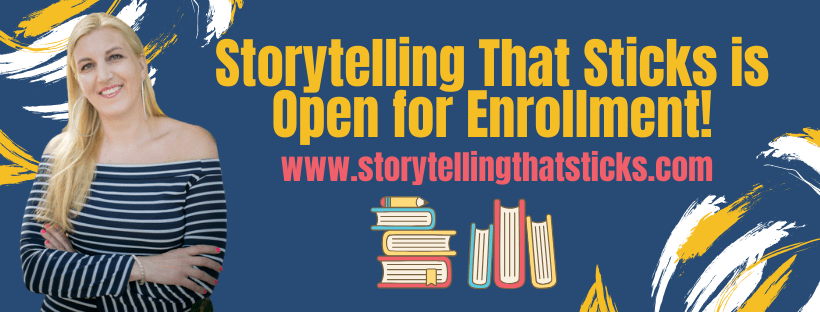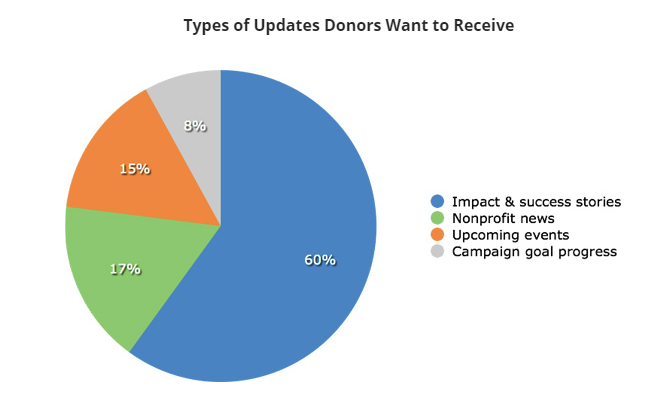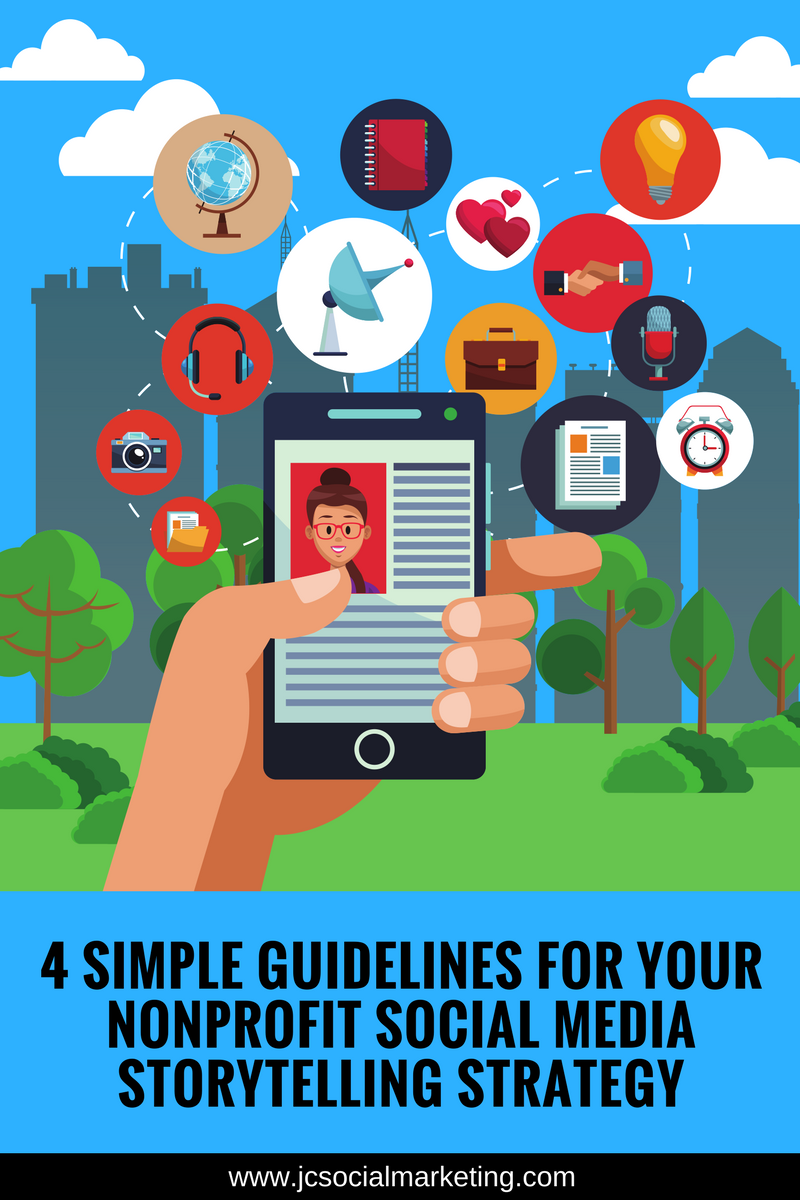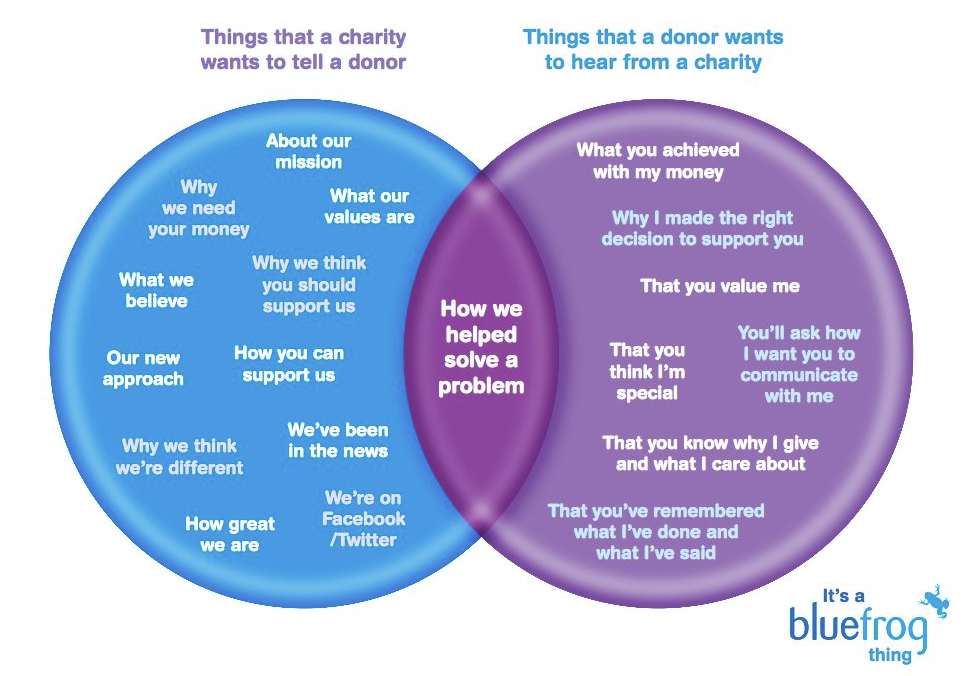 Creating a vibrant, effective, and workable social media storytelling strategy can be daunting for many nonprofits, especially small and grassroots organizations with little to no staff capacity or tech savvy.
Creating a vibrant, effective, and workable social media storytelling strategy can be daunting for many nonprofits, especially small and grassroots organizations with little to no staff capacity or tech savvy.
It doesn’t have to be!
To begin, take out a piece of paper or your phone and answer this question: “What do our supporters want to hear from us?”
This one answer should guide all of your social media storytelling efforts and provide the backbone of your strategy.
So what do our supporters want?
While there is very little that is one-size-fits-all in the social media space, there is data that supports exactly what donors and supporters want to hear from the nonprofits they support.
Supporters, budgets, capacity, and nonprofit goals may vary, but there are 4 simple guidelines to consider when building your nonprofit social media storytelling strategy.
1) Consider What We Know About Donors
Donors and people connected to your nonprofit really only want to know two things as they decide to continue to support you and your work:
What do you do with the funds that you raised, specifically my donation?
Are you creating change and moving the needle in terms of the issue that I really care about?
If you can provide your supporters with answers to these two critical questions, you will succeed in getting more donors to give again and donor churn will be much less.
When crafting your social media storytelling strategy, aim to answer one or both of those questions in all or most of your communications to supporters.
2) Consider What We Know About Social Media
We know that we are using social media less (in terms of total time spent on social networks). Facebook reported a roughly 5 percent decline in total time spent on the site in the last quarter of 2017.
We know that we are sharing fewer personal posts. A report from The Information released in December 2016 said that personal updates had declined on Facebook 15 percent over the year, and had declined 21 percent from mid-2014 to mid-2015.
We know that trust in social media channels is declining. A new Edelman study argues that trust in media has eroded in countries worldwide and sheds light on some of the dilemmas faced by Facebook and other social media platforms.
To fight the decline in use and erosion of trust, nonprofits must take what they know works on social channels and bake it into every single aspect of their social media storytelling strategy.
Facebook itself has told us what works, and it’s nothing new or shocking.
At the recent F8 developer conference, Mark Zuckerberg said that Facebook is going to emphasize posts from publishers (Pages) that are, in his exact words:
- Trusted
- Informative
- Local
- Inspiring conversation.
Work on getting all of the social media content that you share to fall into one of those 4 categories, and you can game the Facebook/Instagram algorithm.
3) Consider What We Know About Communications
Software Advice surveyed a random sample of 2,833 U.S. donors, to find out what kind of communications they want to receive from the nonprofits to which they give.
The findings are pretty much what you would expect:

Take a look at this pie chart and you have your content strategy for the year:
- 60% of updates should be focused on impact and success stories;
- 17% on nonprofit news and announcements;
- 15% on upcoming events;
- 8% on updating supporters on campaign progress.
4) Put It All Together
Too often we approach communications like the left-hand side of this pie chart:
Supporters have told us time and again that they want to hear impact stories and to see the human side of the nonprofit brand.
Facebook itself has said that the posts that work best on the platform are those that inspire conversation (stories) and enhance trust (valuable info).
Find out what kinds of stories resonate in the most emotional and impactful way with your donors.
Become a trusted, invaluable, go-to resource around the cause and the issue that you are working on. People are hit with so much information from all sides and it’s hard to know who to listen to and who to trust.
Your online supporters are with you for a reason – they care about the cause and they want to know more about what they can do to make the world a better place.
Communicate with them in a strategic way and you will create deeper relationships and build more dynamic communities for your organization.
Let me know how you create your social media storytelling strategy. Leave thoughts in the comments!


Comments 1
Pingback: Create *bulletproof* stories for your nonprofit | Pamela Grow